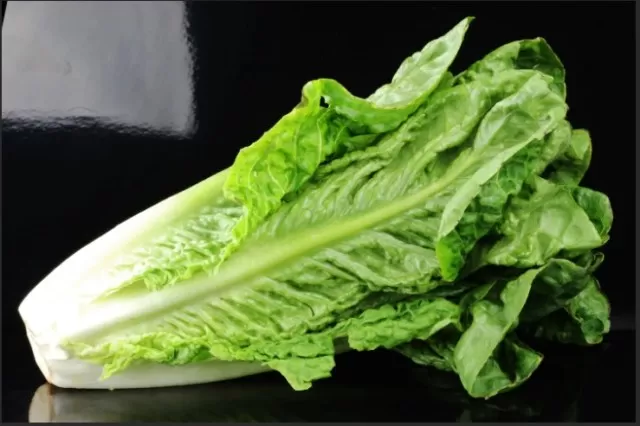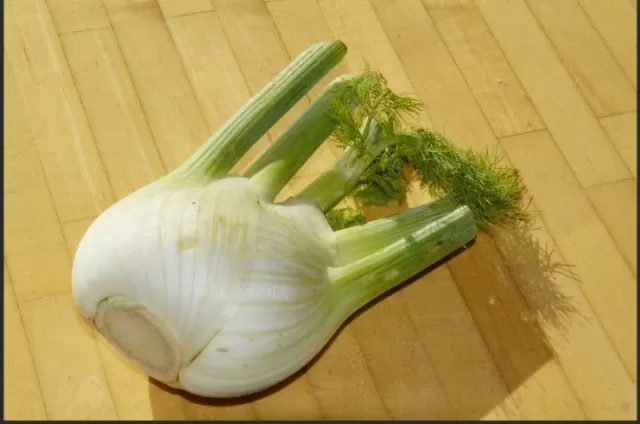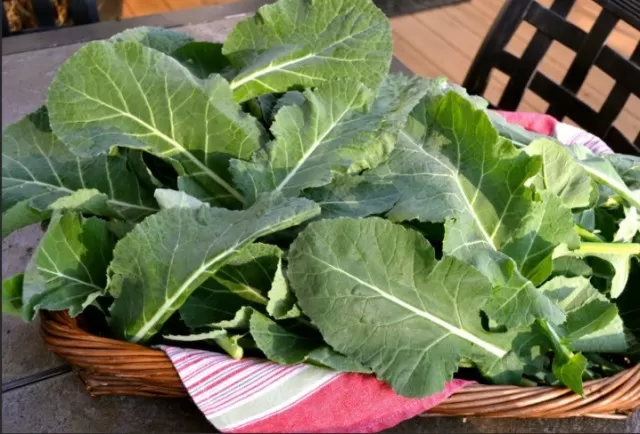Selections of Vegetables for Your Autumn Garden.Elevate Your Garden with Vibrant Hues and Year-Round Harvest: The Wonders of Cool-Season Vegetables Inject some vibrant colors into your garden landscape and extend its growing season by embracing the world of cool-season vegetables. These hardy and resilient edible plants not only withstand the chill but thrive in it, often outperforming their warm-weather counterparts. By choosing vegetables that can endure cold temperatures and even severe frosts, you open up exciting opportunities for year-round cultivation, all while minimizing the risk of damage from troublesome pests.
If the idea of nurturing your Vegetable Garden through the fall and winter months excites you, take the first step by sowing some of these autumn and winter vegetables, as recommended by seasoned gardening experts. Your garden will not only be a source of fresh produce but also a captivating burst of color and life, even during the colder seasons.
The Wonderful World of Lettuce

Lettuce (Lactuca sativa) comes in several common varieties, such as iceberg, butterhead, romaine, and leaf lettuce.
When your lettuce plants reach maturity, typically around 40 to 50 days after planting, it’s time to start harvesting. As gardening expert Correia advises, you can enjoy a steady supply of fresh lettuce throughout the growing season by harvesting every one or two weeks.
To do so, simply cut the leaves just above the growing point, allowing your lettuce plants to continue thriving and providing you with a continuous source of crisp, leafy greens.
Cultivating Carrots for Cool-Weather Bliss
Carrots (Daucus carota) are a beloved cool-weather crop that thrives when sown directly into the ground as soon as the soil becomes workable, according to Montgomery’s advice.
To enhance the quality of your carrot harvest, consider planting them in raised beds, which not only deepen the available soil but also promote the growth of well-shaped roots. While it’s true that carrots require a bit more patience, taking around 70 to 80 days to mature, they remain a cherished staple in many gardens due to their versatility and sweet, earthy flavor.
Unlocking the Secrets of Fennel

Fennel, scientifically known as Foeniculum vulgare, presents itself in two distinct types: one cherished as an herb and the other celebrated as a bulb vegetable.
When cultivating fennel as a bulb, it’s essential to time the planting correctly. This delectable bulb thrives when it’s allowed to develop during the cooler, shorter days of early fall.
Planting too early can lead to premature flowering, which in turn diminishes the quality of the bulb you’re aiming for. The duration it takes for fennel to reach maturity varies based on the specific variety you choose to grow, making it a versatile addition to your garden that offers a range of culinary possibilities.
Cultivating Kale for Fresh, Nutrient-Packed Delights
If you’re a frequent consumer of kale from your local supermarket, you might want to explore the possibility of growing this nutritious green in your own garden.
As Spoonemore explains, kale is a cool-season vegetable that not only packs a nutritional punch but also displays remarkable resilience to frost. Beyond its nutritional benefits, kale offers an array of visual appeal with a diverse selection of colors and leaf shapes, including vibrant shades of red, pink, lavender, blue, violet, and white on the interior.
For a delectable and edible choice, consider the Red Russian Heirloom Kale.
This particular variety forms compact heads of oak leaf-cut leaves that are not only tender but also boast a delightful sweetness, providing you with a fresh and homegrown source of this superfood.
Embracing the Resilience of Collard Greens

Collard greens, scientifically known as Brassica oleracea var.
viridis, are an excellent addition to your garden, especially if you’re looking for a cold-hardy and long-lasting leafy green. These greens can be harvested well into the late fall, and according to Correia, their flavor becomes even sweeter in cooler temperatures.
When grown from direct seeding, collard greens typically take around 60 to 80 days to reach maturity. Once they have matured, their hardiness shines through as they can endure frosts and even moderate freezes, making them a reliable source of fresh greens during the colder seasons.
*The information is for reference only.